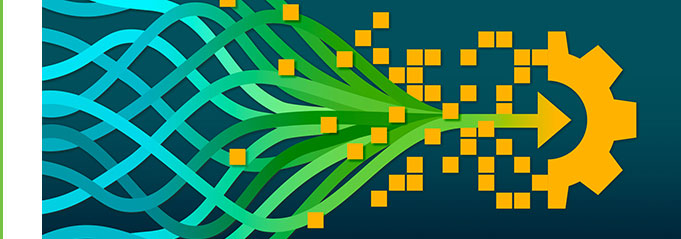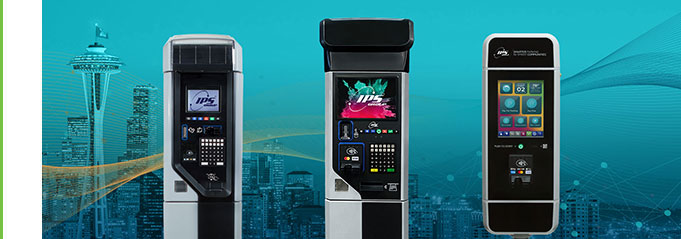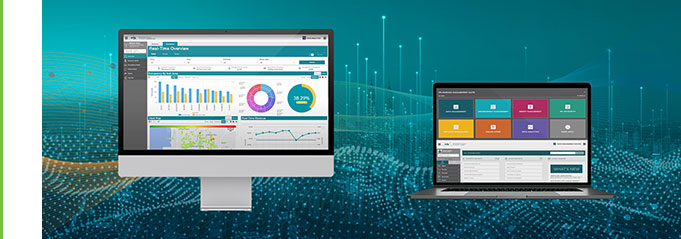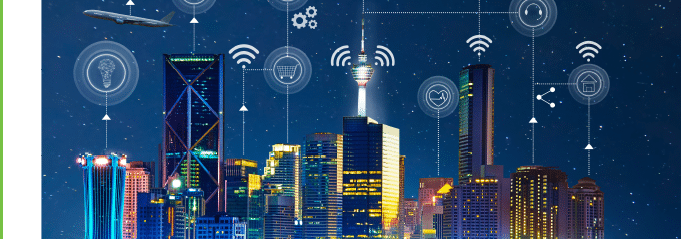What will cities of the near future look like when buildings, cars, people and a whole slew of other things can communicate with each other?
Earlier this month, tech companies and telecoms at Mobile World Congress in Barcelona, Spain, tried to answer that question, showing off their plans for 5G—a next-generation wireless network that will enable exponentially faster data processing and media downloads. And while lightning-quick speeds might seem like a small luxury, they’re crucial for enabling everything from self-driving cars and smart grids to a broader Internet of Things that could benefit big-data-minded brands and governments alike.
The infrastructure for 5G is still only beginning—with wider availability not expected until at least 2020—but cities like New York, Las Vegas, Sacramento, Calif., and Atlanta will soon get a chance to preview the promise of 5G this year when Verizon, T-Mobile and Sprint begin rolling out their faster networks in select areas. Using 5G, a city can sense “all sorts of variables across its many areas of interest, be it parking meters, traffic flow, where people are, security issues,” said Ron Marquardt, vp of technology at Sprint.
Mark Hung, an analyst at Gartner, pointed out that while 3G brought web browsing and data communication to the smartphone, 4G greatly enhanced it. And even though towers today can support hundreds or thousands of devices, 5G could help scale the Internet of Things from “hundreds and thousands to hundreds of thousands.”




















